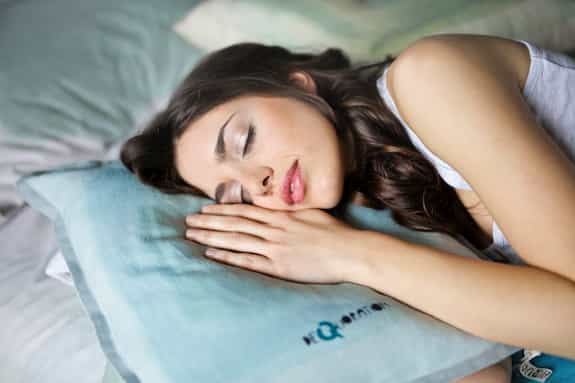This sign is linked to a 40 percent greater chance of high blood pressure.
Repeated trips to the toilet in the night can be a sign of high blood pressure, research concludes.
The more times a person needs to go in the night, the higher the risk.
Nocturia — as night time urination is known to doctors — is linked to a 40 percent greater chance of high blood pressure.
Dr Satoshi Konno, the study’s first author, said:
“Our study indicates that if you need to urinate in the night—called nocturia—you may have elevated blood pressure and/or excess fluid in your body.
If you continue to have nocturia, ask your doctor to check your blood pressure and salt intake.”
The Japanese study included 1,882 people who had their blood pressure measured and who were asked how often they urinated in the night.
Over two-thirds suffered from nocturia.
Dr Konno explained the results:
“We found that getting up in the night to urinate was linked to a 40% greater chance of having hypertension.
And the more visits to the toilet, the greater the risk of hypertension.”
Professor Barbara Casadei, president of the European Society of Cardiology, said:
“More than one billion people have high blood pressure worldwide.
High blood pressure is the leading global cause of premature death, accounting for almost ten million deaths in 2015.
ESC guidelines recommend medication to reduce the risk of stroke and heart disease.
A healthy lifestyle is also advised, including salt restriction, alcohol moderation, healthy eating, regular exercise, weight control, and smoking cessation.”
The Japanese have a particular problem with high blood pressure (hypertension), said Dr Mutsuo Harada:
“Hypertension is a national disease in Japan.
The average salt intake in Japan is approximately 10 g/day, which is more than double the average salt intake worldwide (4 g/day).
This excessive salt intake is related to our preference for seafood and soy sauce-based food, so salt restriction is difficult to carry out.”
The study was presented at the 83rd Annual Scientific Meeting of the Japanese Circulation Society (JCS 2019).

